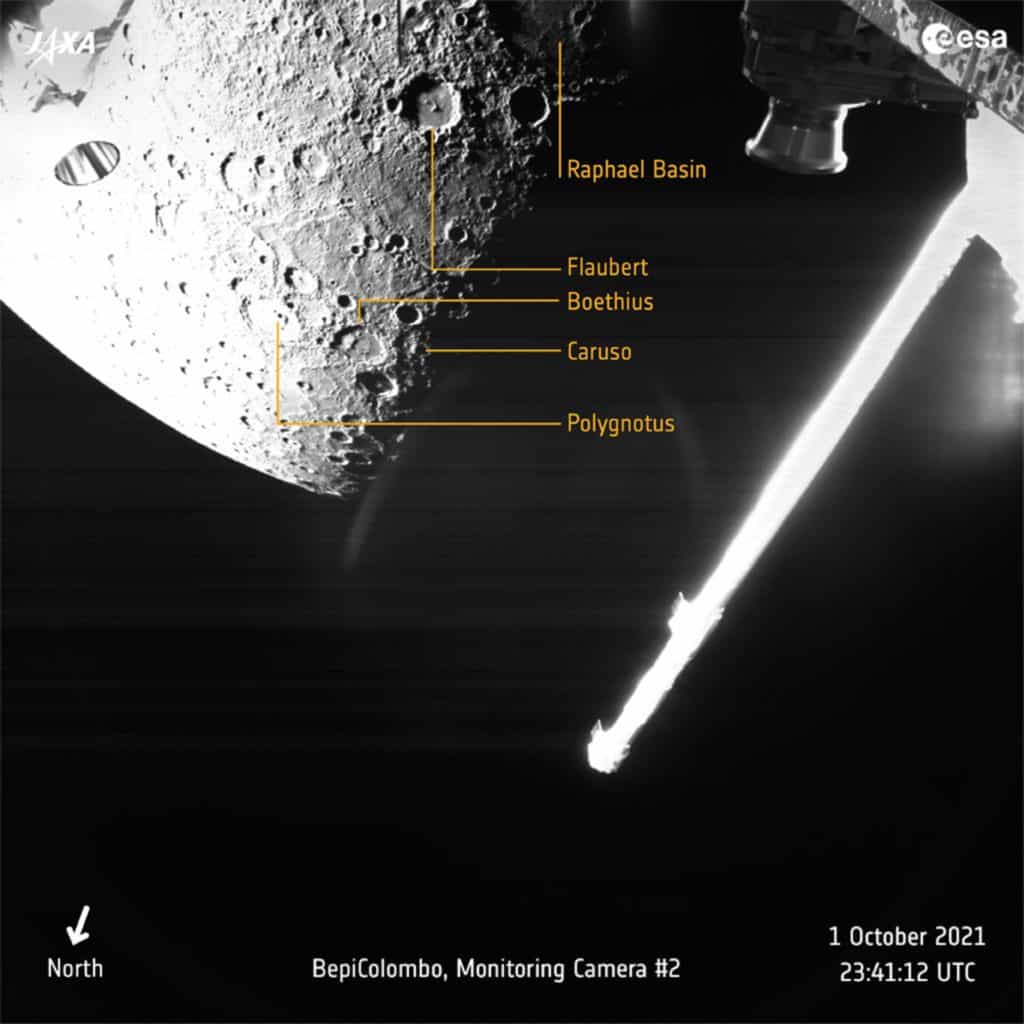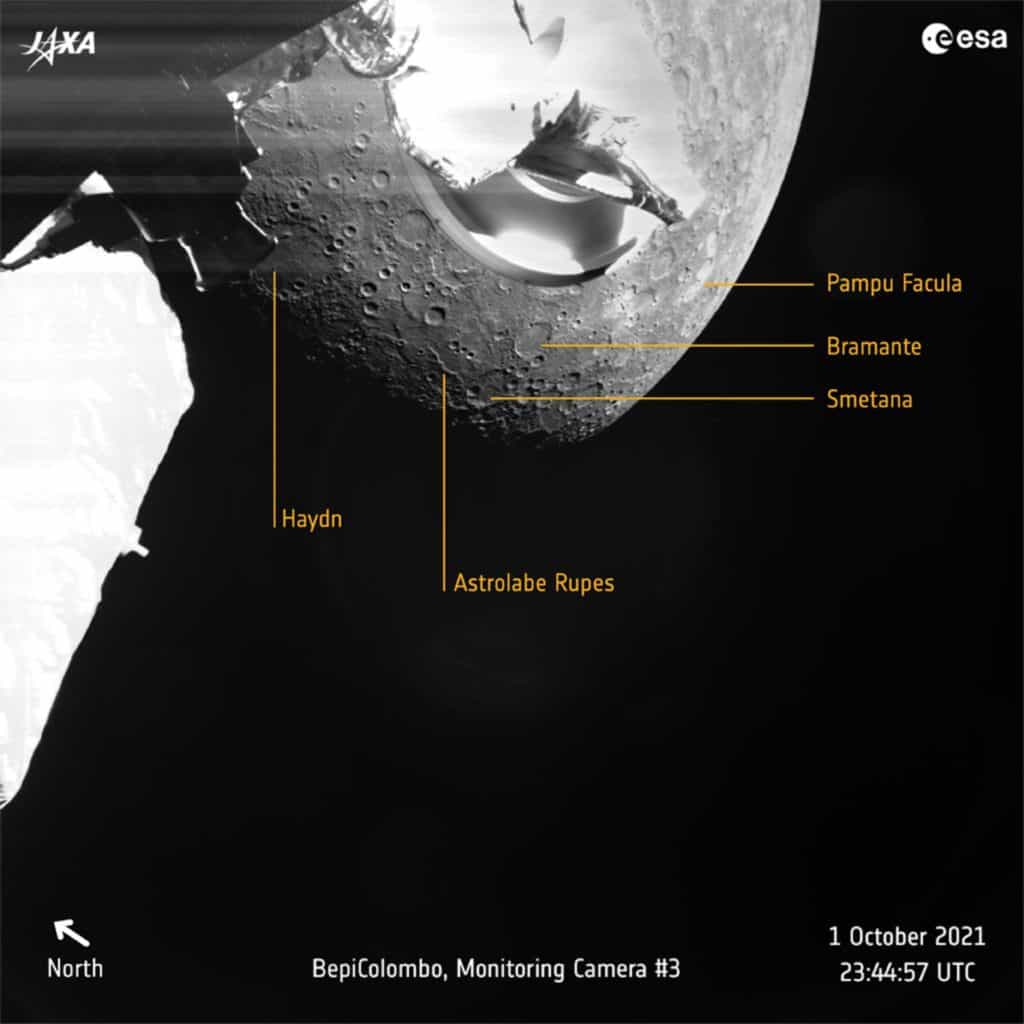
BepiColombo mission makes its first pass by Mercury
The spacecraft captured its first views of the smallest planet in our Solar System.

The spacecraft captured its first views of the smallest planet in our Solar System.
This past Friday evening, nearly three years after launch, the ESA/JAXA BepiColombo mission made its first pass by the planet Mercury. Mission researchers are reviewing the latest images sent by the spacecraft.

This was the first of six planned flybys of Mercury, and it passed just 199 kilometers (123 miles) above the small world. The plan is to use each pass through the planet’s gravity field to slow BepiColombo enough to enter a stable orbit around the planet. This is expected to happen by the end of 2025, with the science phase of the mission beginning in early 2026.
The mission, a joint endeavor between the European Space Agency (ESA) and the Japan Aerospace Exploration Agency (JAXA), will study the composition, geophysics, atmosphere, magnetosphere, and history of Mercury, the least explored planet in the inner Solar System.
BepiColombo consists of the Mercury Composite Spacecraft (MCS), a “carrier spacecraft” that brings two science orbiter spacecraft to the planet. Each of these craft have distinct research aims: the Mercury Planetary Orbiter (MPO) will study the surface and internal composition of the planet; and the Mercury Magnetospheric Orbiter (Mio) which will study Mercury’s magnetosphere.

U-M Climate & Space faculty play a major role in BepiColombo’s science team.
Prof. Stefano Livi is the Principal Investigator for the STROFIO (Start from a Rotating Field) mass spectrometer instrument which will analyze Mercury’s unusual Exosphere. STROFIO is part of the instrument payload of ESA’s Mercury Planetary Orbiter (MPO).
Prof. James Slavin is Co-Investigator on STROFIO science team and an expert in Mercury’s Magnetosphere, as well as the conditions that allow solar wind impact on Mercury’s surface and the sputtering of neutral sodium into the exosphere. Prof. Slavin is also Co-Investigator on the Mercury Planetary Orbiter (MPO) Magnetometer science team.
Asst. Research Scientist Dr. Weijie Sun is Co-Investigator on the Mercury Plasma Particle Experiment (MPPE) science team; This instrument is part of the payload on the Mercury Magnetospheric Orbiter (Mio), the second spacecraft that BepiColombo will insert into Mercury Orbit.
BepiColombo is named after Professor Giuseppe (Bepi) Colombo (1920-1984) of the University of Padua, Italy. A mathematician and engineer, Colombo’s calculations demonstrated a method for using a gravity-assist maneuver with the planet Venus to allow the Mariner 10 spacecraft to fly by Mercury three times in 1974-5. Colombo also explained the spin-orbit resonance in the planet’s orbit, showing that it rotates three times for every two orbits around the Sun.
BepiColombo’s first views of Mercury: https://www.esa.int/Science_Exploration/Space_Science/BepiColombo/BepiColombo_s_first_views_of_Mercury
Read more about the BepiColombo mission: https://sci.esa.int/web/bepicolombo/home